|
This copulating pair of Black-headed Gulls was photographed at Texel, Holland with the tripod-mounted Canon EF 600mm f/4L IS II USM lens, the Canon 2x EF Extender III (Teleconverter), and the Canon EOS-1D X Digital SLR camera. ISO 800. Evaluative metering +2/3 stop as framed: 1/500 sec. at f/10 in Manual mode. I should have been at zero as I needed to do some fancy stepping during image optimization to save the WHITEs. Learn how in Digital Basics, an instructional PDF that is sent via e-mail. It includes my complete digital workflow, dozens of great Photoshop tips, all of my time-saving Keyboard Shortcuts, and Quick Masking and Layer Masking basics as well as detailed info on recovering and restoring detail to bright WHITEs. Central sensor (by necessity) Expand/AI Servo/Rear Focus on male’s neck active at the moment of exposure. Click here if you missed the Rear Focus Tutorial. Click on the image to see a larger version. |
Elegant, Sexy Cousin
Europe and Asia’s Black-headed Gull (Chroicocephalus ridibundus) is an elegant, slimmer, sexier version of one of my very favorite North American gull species, Laughing Gull (Leucophaeus atricilla). While doing research for this blog post, I learned that the new Latin name for Black-headed Gull translates to “laughing gull” and that Black-headed Gull had formerly been in the same genus as Laughing Gull: Larus. A close look at the bill of the two species is a good clue that the two species are not that closely related as the bill of Laughing Gull is much stouter with a much steeper gonydeal angle. There are several colonies of Black-head Gull here on Texel and it has been great to have a chance to photograph this beautiful species. Note that I do consider our Laughing Gull to be a vastly under-appreciated species; I am unsure as to which species would place ahead of the other in a gull beauty contest.
|
This head portrait of Black-headed Gull was created at Texel, Holland with the hand held Canon EF 300mm f/2.8L IS II USM lens, the Canon 2x EF Extender III (Teleconverter), and the Canon EOS-1D X Digital SLR camera. ISO 400: 1/2500 sec. at f/7.1 in Manual mode confirmed by histogram check. Central sensor Surround/AI Servo/Rear Focus on bird’s chin active at the moment of exposure. Click here if you missed the Rear Focus Tutorial. Click on the image to see a larger version. |
Interestingly Enough
I created this image on Saturday afternoon with the hand held 300/2.8L IS II and the 2X III TC. I tried again on Sunday in the same situation with the 600 f/4L IS II and the 2X III TC but did not do as well as I did on Saturday despite the much greater effective focal length available on Sunday. Leave a comment and let me know why.
|
This flight image was created with the hand held Canon EF 70-200mm f/2.8L IS II USM telephoto zoom lens, the Canon 1.4x EF tele-extender III, and the Canon EOS-1D X Digital SLR camera. ISO 400: 1/1600 sec. at f/4.5 in Manual mode confirmed by histogram check. Note; this bird was in the shadow of the ferry on a sunny day. Central sensor Surround/AI Servo/Rear Focus active at the moment of exposure. Click here if you missed the Rear Focus Tutorial. Click on the image to see a larger version. |
Watch for the Blue Sky!
After reviewing the ISO and exposure settings I remember telling the group, “Try to press the shutter button with some blue sky in the background. For the image above I was able to follow my own advice.
|
This swimming Black-headed Gull with a pugnacious look on its face was photographed at Texel, Holland with the tripod-mounted Canon EF 600mm f/4L IS II USM lens, the Canon 2x EF Extender III (Teleconverter), and the Canon EOS-1D X Digital SLR camera. ISO 800. Evaluative metering +2 stops as framed: 1/250 sec. at f/9 in Manual mode. Central sensor (by necessity) Expand/AI Servo/Rear Focus on bird’s face active at the moment of exposure. Click here if you missed the Rear Focus Tutorial. Click on the image to see a larger version. |
Color Temperature 10,000!
The RAW image for the file above had such as huge BLUE/CYAN cast that I set the Color Temperature to 10,000 Kelvin while converting the image in DPP. Doing so pretty much yielded neutral WHITEs and GREYs on the bird. To learn more about how and why I use DPP to convert all of my images see our DPP RAW Conversion Guide here.
|
This is the original for the opening image in this blog post. Note also the extensive shoreline clean-up. As detailed of course in Digital Basics. |
Why RAW Capture?
In my excitement I simply screwed up the exposure. The sun had just come out and I had adjusted my exposure for a white subject in sun just a minute before. What I did not realize that the light cloud that had been covering the sun was completely gone when I created the image above. It was well over-exposed but the WHITEs were not toasted. I saved the WHITEs during the DPP conversion and then restored additional detail via a Linear Burn.
To learn more about how and why I use DPP to convert all of my images see our DPP RAW Conversion Guide here. Learn how I restored detail to the WHITEs in Digital Basics, an instructional PDF that is sent via e-mail. It includes my complete digital workflow, dozens of great Photoshop tips, all of my time-saving Keyboard Shortcuts, and Quick Masking and Layer Masking basics.
Typos
On all blog posts, feel free to e-mail or leave a comment regarding any typos, wrong words, misspellings, omissions, or grammatical errors. Just be right. 🙂
Support the BAA Blog. Support the BAA Bulletins: Shop B&H here!
We want and need to keep providing you with the latest free information, photography and Photoshop lessons, and all manner of related information. Show your appreciation by making your purchases immediately after clicking on any of our B&H or Amazon Affiliate links in this blog post. Remember, B&H ain’t just photography!




And from the BAA On-line Store:
LensCoats. I have a LensCoat on each of my big lenses to protect them from nicks and thus increase their re-sales value. All my big lens LensCoat stuff is in Hardwood Snow pattern.
LegCoat Tripod Leg Covers. I have four tripods active and each has a Hardwood Snow LegCoat on it to help prevent further damage to my tender shoulders 🙂 And you will love them in mega-cold weather....
Gitzo GT3532 LS CF Tripod. This one replaces the GT3530LS Tripod and will last you a lifetime. Learn more about this great tripod here.
Mongoose M3.6 Tripod Head. Right now this is the best tripod head around for use with lenses that weigh less than 9 pounds. For heavier lenses, check out the Wimberley V2 head.
Double Bubble Level. You will find one in my camera's hot shoe whenever I am not using flash.
The Lens Align Mark II. I use the Lens Align Mark II pretty much religiously to micro-adjust all of my gear an average of once a month and always before a major trip. Enjoy our free comprehensive tutorial here.
BreezeBrowser. I do not see how any digital photographer can exist without this program.
Delkin Flash Cards. I use and depend on Delkin compact Flash Cards and card readers most every day. Learn more about their great 700X and 1000X cards here or about my favorite Delkin card here.

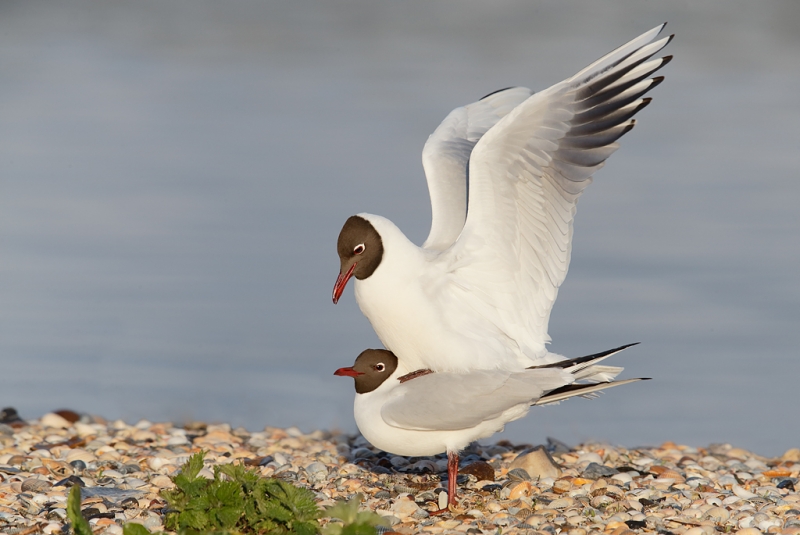
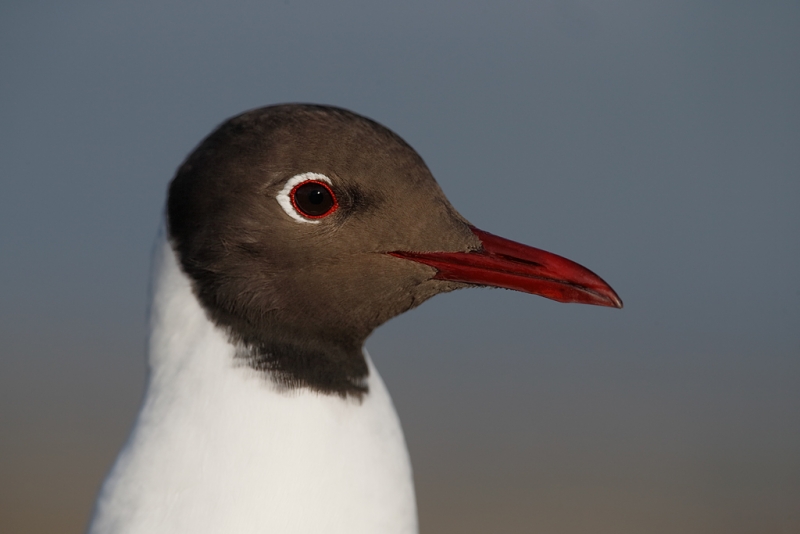
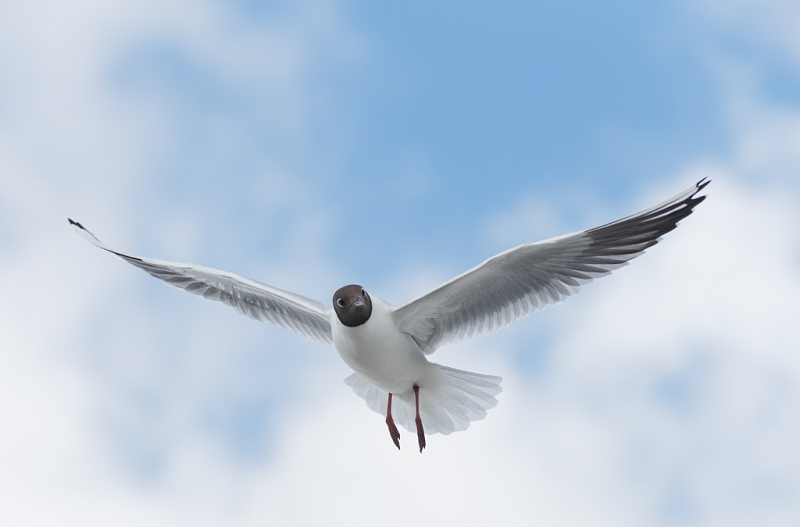
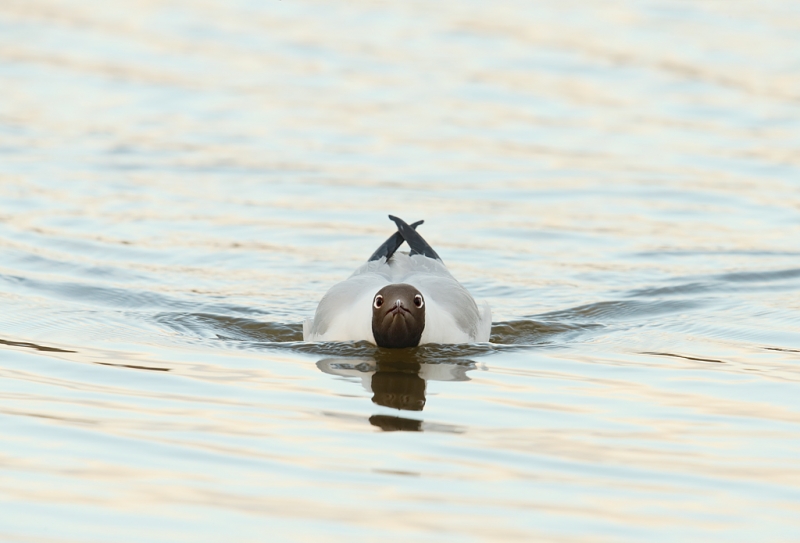
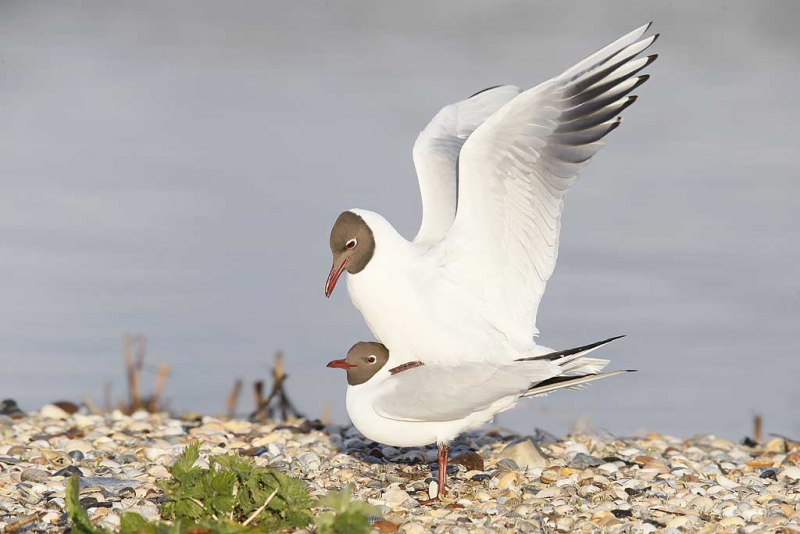













Hi Artie,
No aspersions were meant to be cast. I mearly viewed the direct path of the bird towards you and the posturing to be a gusture by the bird to let you know ‘it had seen you’. This has been my experience at my local reservoir during breeding times when the bh gulls usually fly ‘directly’ at people calling loudy, a kind of “I recognise you as a predator and I’ve seen you” message, it rarely means anything more, however if they start dive bombing you (as they did one year when the floating nest rafts were left close to the shore path) then that’s all together different! Apologies if I miss interpreted the behaviour being displayed in your photo.
Yes, not saying flight photography is impossible at 1200mm, as you have clearly shown it isn’t, but was merely trying to offer an answer to your question on why you might have struggled with the 600 + 2x combo.
PS. Glad to see the weather has improved for you guys!
Thanks Julian, Photographers are often cast as a bad lot by others especially birders so best to avoid jumping to wrong conclusions. I was seated unobtrusively with about eight other photographers none of whom were standing or even moving. The few birds setting up on the near-island were very accepting of our presence.
Where did I ask a question about 1200mm flight photography??? I know why it is so difficult….
Hi Arthur,
In the bit titled ‘Interestingly Enough’ you said: “I created this image on Saturday afternoon with the hand held 300/2.8L IS II and the 2X III TC. I tried again on Sunday in the same situation with the 600 f/4L IS II and the 2X III TC but did not do as well as I did on Saturday despite the much greater effective focal length available on Sunday. Leave a comment and let me know why.”
Hi Artie
A very familiar bird to me as we have hundreds about 2 minutes from my home, outside the breeding periods. I always thought they should have been called the brown headed gull. I have spent many hours looking through flocks of these gulls for the much scarcer but similar looking Mediterranean gull which however wins out easily in the beauty stakes in both summer and winter plumage. Interestingly some of the banded Med gulls I have photographed and passed the info on to the bird watchers seem to like commuting back and forth between north west England and Holland. I am off to Romania soon where hopefully I will get chance to encounter the Great Black headed (Pallas’s) Gull in the Danube Delta which look very smart. Fingers crossed.
Thanks
Rich
Thanks for sharing, Rich, and good luck with the Pallas’s Gull. Shoot me an image or two via e-mail. BTW, if Black-headed were the rare species and Mediterranean the rare species it is likely that we would be thinking that the former species would be the more beautiful.
Hi Arthur,
Some lovely images of a bird I love, the vivacious black headed gull! 🙂 These birds are real characters, I love the expression of the one swimming towards you trying to ward you off!
So good to see you taking images of birds I am familiar with and have photographed myself.
The head portrait is very nice too, the plummage is beautiful in that sweet light and the nice catchlight in that red eye ring is captivating.
I would guess you might have struggled with the gulls in flight, either because you were working off a tripod or because at f/8 you only had centre spot AF available, would also imagine they’re quite tricky to find and frame at 1200mm! 🙂
Thanks. The gull was not “trying to ward me off.” I am not sure why other photographers often assume the worst in a situation–in this case that I was bothering the bird….
Yes, as detailed here previously and often, flight photography at 1200mm is difficult at best but not impossible. Did you not see the flight image made with the 70-200 or the flight image here?